Few things are more frustrating than turning the key in your car’s ignition only to hear the engine cranking but failing to start.
When it comes to starting a car engine, there can be many reasons why a car cranks but won’t actually start running.
Sometimes it can be caused by a problem with the fuel delivery system, or it could be a problem with the timing of the engine, lack of engine compression, or even a problem with one or more engine sensors.
As an Amazon Associate we earn from qualifying purchases.
If the engine is turning but it will not start to run by itself after the starter motor has stopped turning the flywheel, the engine is not seized, but there is something stopping it from running by itself.
In this article, we will explore the common causes of a car engine cranking but not starting, and provide tips for diagnosing and fixing the issue, helping you get back on the road as quickly as possible.
Why Would An Engine Crank But Not Start?(7 Common Causes)
An engine can crank but not start due to a variety of issues, including problems with the fuel system, ignition system, battery, or starter motor. Specific causes of cranking but not starting include a faulty fuel pump, clogged fuel filter, bad spark plugs or ignition coil, a dead battery, or a malfunctioning starter motor.
Other potential causes include a faulty crankshaft position sensor, camshaft position sensor, or mass airflow sensor. In some cases, the issue may be related to the engine’s computer or wiring.
To diagnose the problem, it is important to check for any error codes, listen for unusual sounds, and inspect various components of the engine.
Once the issue is identified, repairs can be made, such as replacing a faulty component or cleaning a clogged filter. Regular maintenance, such as changing the oil and filters, can also help prevent issues with an engine not starting.
Here are a few of the common reasons why an engine cranks but the car won’t start.
Cause 1. Lack of fuel
A lack of fuel getting to the engine is one of the most common reasons why an engine cranks but won’t start.
A constant supply of fuel at the right pressure is necessary to keep your engine running. The fuel supply system is fairly complicated, with lots of parts, any one of which could be the problem. If the problem is with the fuel system, then you will almost definitely have an error code stored in the ECU.
Modern fuel injection engines will pick up on low fuel pressure and this will be stored as an error code such as P0087 Fuel Rail/System Pressure Too Low.
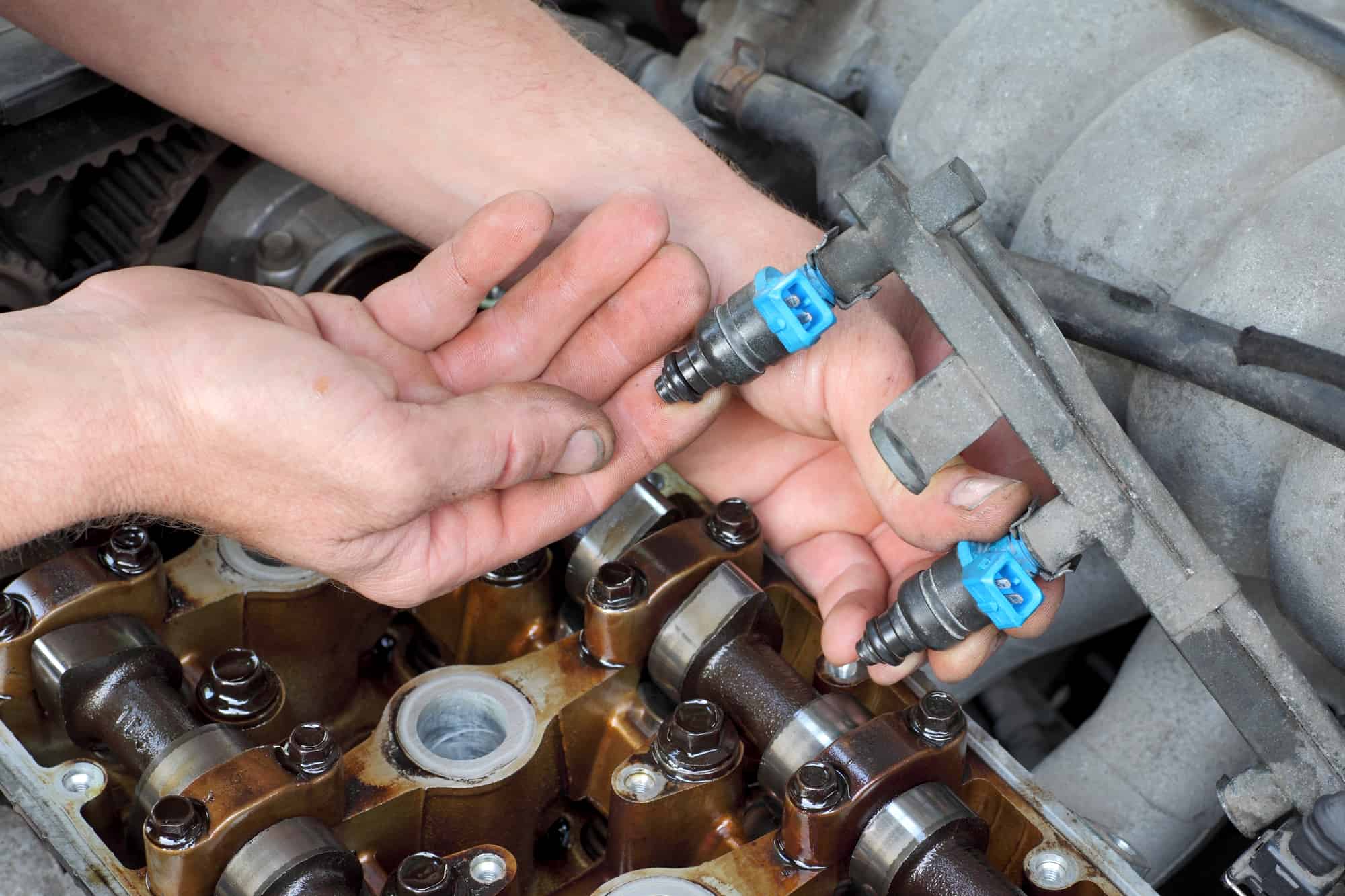
This code can be triggered if there is a restriction in the fuel lines, a blocked fuel filter, a weak or faulty fuel pump or dirty fuel.
If the fuel pump is to blame then an addition code such as P0230 or P2635 will be logged. A restriction or blockage in the fuel lines or fuel filter will usually require a manual inspection. If you know the vehicle service history this can help to diagnose if it is the fuel filter not.
Faulty or blocked fuel injectors can also be the reason why your engine is starved of fuel. Fuel injectors can become blocked and can fail mechanically or electrically. Common fuel injector error codes include P0261, P0266 and P0253. It’s worth noting that one faulty injector may not stop an engine from starting. Sometimes the engine will start but will idle really badly and may cut out.
Cause 2. Bad spark plugs
Worn out or dirty spark plugs are also a common reason why a car cranks but won’t start sometimes.
Simply checking if a spark plug is generating a spark is not enough when it comes to modern fuel injected engines. The spark quality and timing has to be extremely clean and precise for the engine to start and run properly.
If I suspect a problem with the spark plugs I always start with a diagnostic. A bad spark plug will often throw up a misfire error code. Common codes include P0300 and P0301 to p0304.
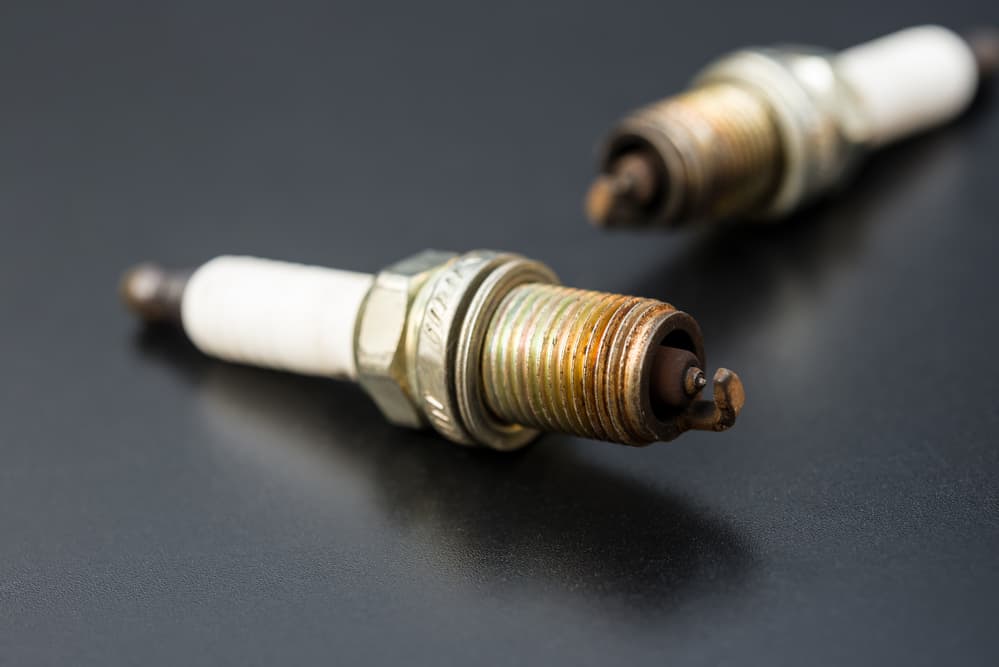
If you see one of these codes, then you can go ahead and remove each of the spark plugs one by one to see if they are causing the problem.
A bad spark plug can sometimes be identified by having excessive carbon deposits on its tip, burnt or corroded surface, it may smell of fuel (or be covered in fuel) or it may be covered in oil.
If the spark plug doesn’t look worn but there are misfire error codes present, it’s usually still worth changing the plugs, as the problem may be with the spark plug gap or it may be an internal problem with the plug.
Cause 3. Engine Timing Problems
Another very common reason why a car turns on but won’t start is if there is a problem with the engine timing. This is usually a more common problem with engines that are fitted with a timing belt (as opposed to a timing chain).
If the belt has slipped or jumped a tooth, this will cause a problem with the timing of the valves and pistons. Sometimes this will usually result in a drop in compression (pressure in the cylinder) and this can stop the engine from turning over.
If the belt has broken completely, then the engine will definitely not start. A non interference engine with a broken timing belt will just crank and won’t start. An interference engine (where the pistons and valves occupy the same space in the cylinder) also won’t start. Depending on the position of the crankshaft and camshaft, you may be left with internal engine damage.
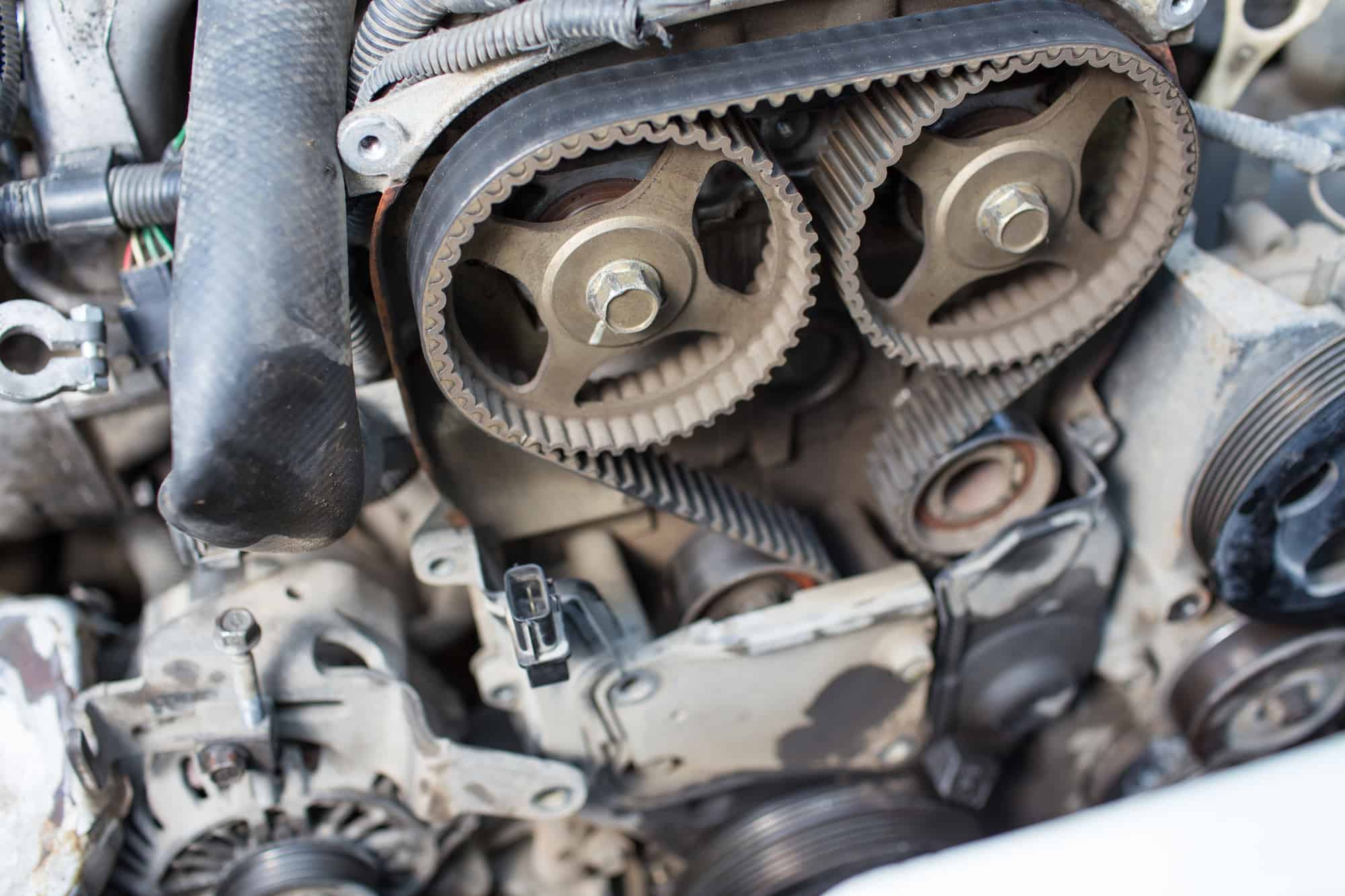
On most modern cars, it’s not easy to check the condition of the timing belt. It’s usually hidden away behind lots of plastic covers for its own protection. If you have followed the manufacturers guidelines and the timing belt has been changed then it is unlikely that the problem lies with the timing belt.
If you can hear a loud rattle or tapping noise when the engine is trying to turn over, then it may indicate a slipped timing belt that is loose and hitting against the plastic covers. In this case, don’t continue to try to start the engine as you may cause expensive damage if the belt snaps.
If your car is fitted with a timing chain, then a broken timing chain tensioner or guide could cause it to jump a tooth and knock out the engine timing. It’s impossible to easily check the timing chain, but a loose chain will cause a lot of engine rattle and it will usually throw up error code P0008 (Engine Position System Performance Bank 1) among others.
Cause 4. Battery Issues
Usually a bad battery is associated with a car that will not start after not being used for a while. However, sometimes a battery that is failing or has a few failed cells will still manage to crank the engine but will fail to deliver the required power to the fuel pump and ECU to get the car going.
There is usually a gap of a few seconds after the engine has started, before the alternator takes over delivery of most of the power to the vehicle. If this is the case, then you will usually only be able to crank the engine a few times before the battery will die completely.
It’s worth checking the battery voltage and terminals to make sure everything is ok before moving on. It can also be worthwhile to disconnect the negative terminal from the battery for 30 mins to clear any errors that may be preventing the engine from starting.
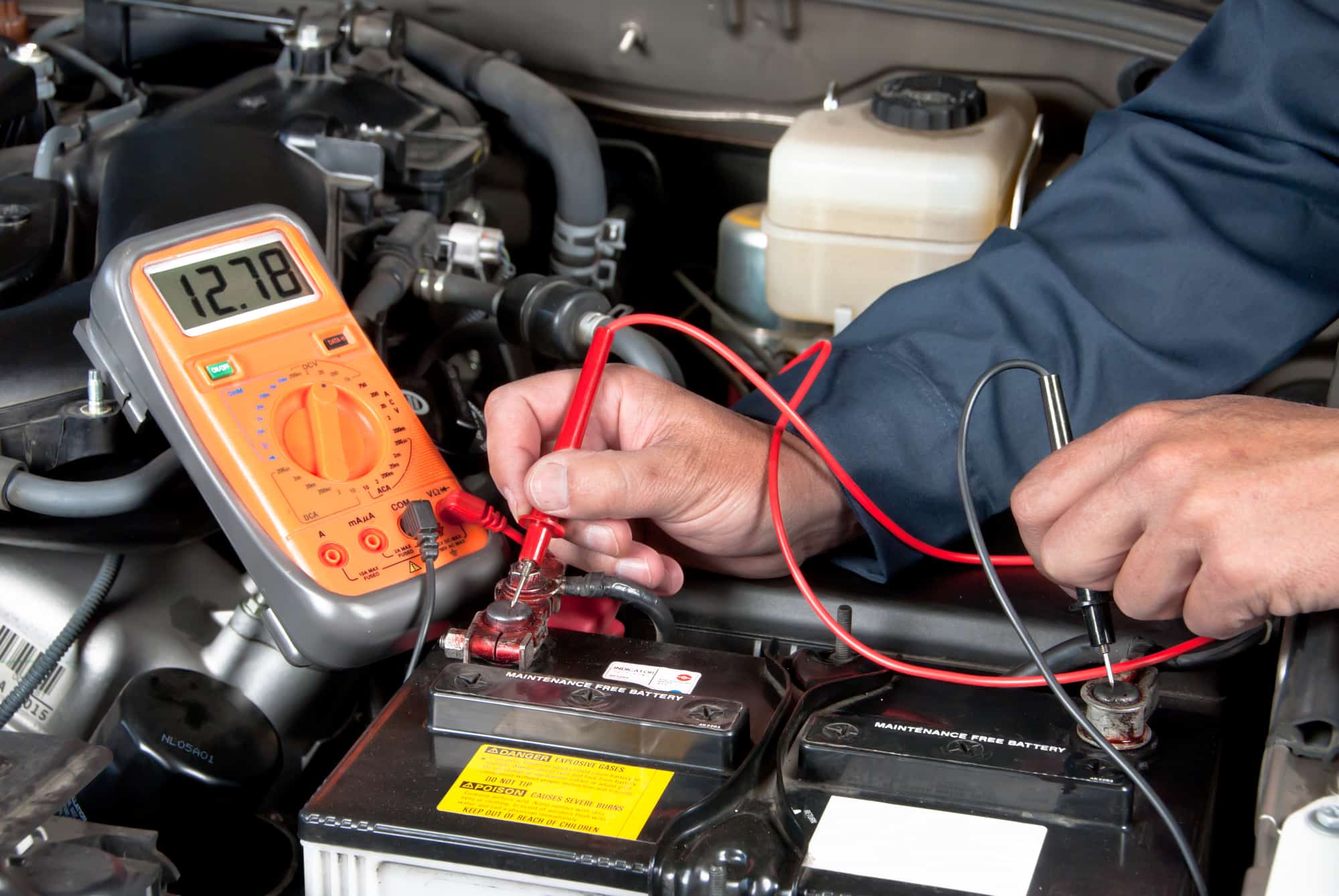
In my experience if the fault lies with the battery, it’s more common for the car to stop itself from starting if it detects a problem. Modern cars will usually do a full system check in the background once you insert the key (or unlock the doors). This includes a check of the electrical systems and battery voltage and condition.
Even if the car doesn’t pick up a problem with the battery, it could still stop the engine from starting if it cannot power the ECU. I’ve lost count of the amount of times a random problem will crop up with a sensor or engine management system that is fixed with a new battery.
Cause 5. Oil pressure problems
If your car cranks but wont start even with starting fluid then the problem could be caused by lack of oil pressure.
If the oil pressure is too low, or does not build up quickly enough, this can cause an engine to cut out a few seconds after it starts.
If a low oil pressure error code such as P0522 is logged, this can indicate a problem with the oil pressure in the engine. There are many reasons why the oil pressure is too low.
Most engines will burn a small amount of oil and will need topping up occasionally. Remember to refit the oil fill cap tightly after topping and push down the dip stick fully after checking the oil level as both of these can trigger an oil pressure error code.
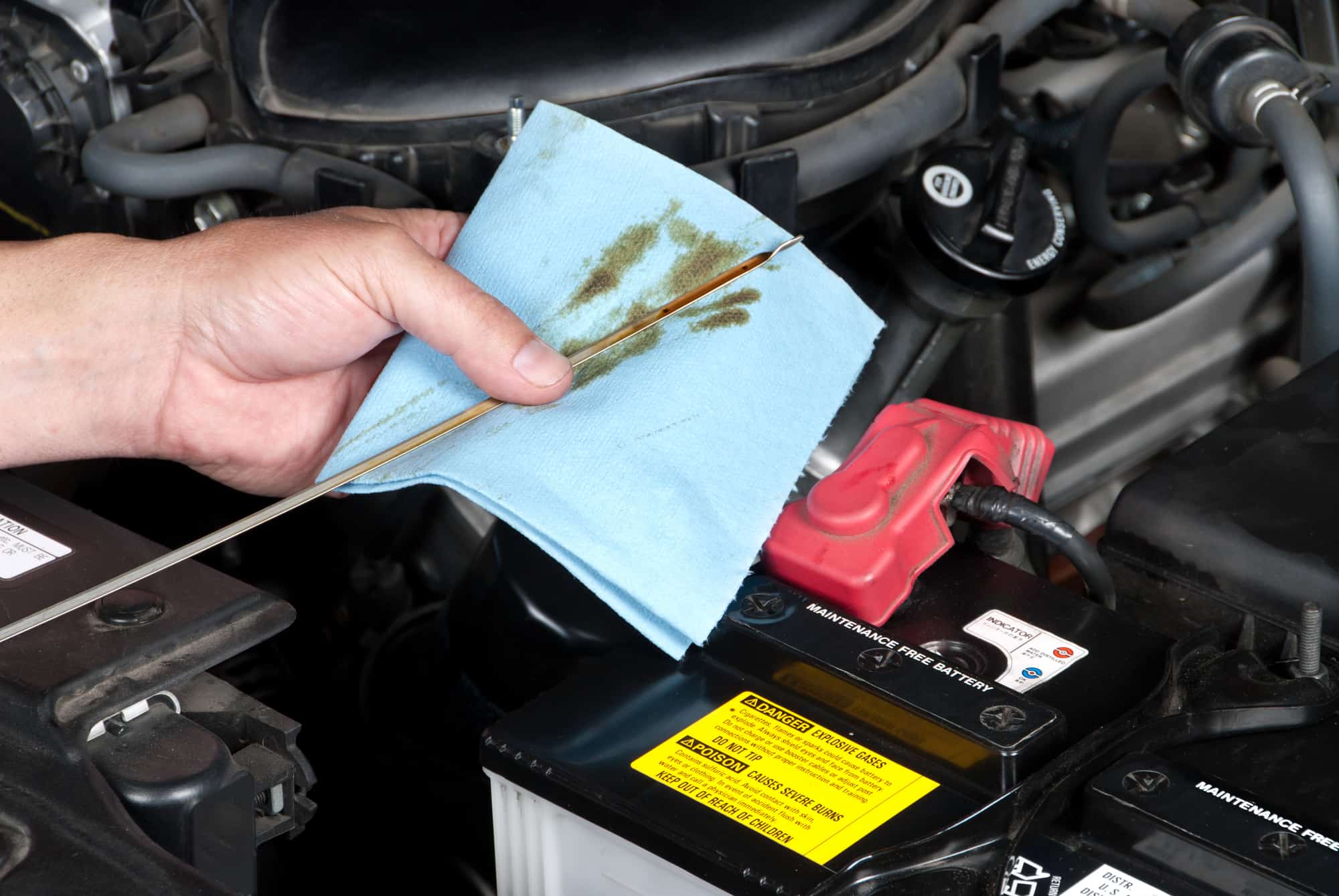
Check the oil level and make sure it’s at the correct level
Other causes of low engine oil pressure include a loose or slipped timing belt or chain. A loose timing belt will cause a drop in compression in the engine and this will cause a drop in engine oil pressure.
There may also be a problem with the engine oil pressure sensor or circuitry and this could be relaying an out of range value to the ECU.
The oil pressure sensor/switch is easy to replace once located. It is often situated low down in at the back of the engine between the oil pan and oil filter, but this can vary depending on the vehicle.
Cause 6. Air flow problems
To run, your engine needs the right amount of air and the right amount of fuel. Sometimes the reason why an engine cranks but won’t start is caused by lack of air getting into the intake manifold.
It’s always a good idea to check the air filter and make sure that it is not blocked or too dirty to let air through. Take out the air filter and check that the air filter box and pipes leading back to the intake manifold are not blocked with leaves or other debris. Try starting the engine with the air filter out to see if this rectifies the problem.
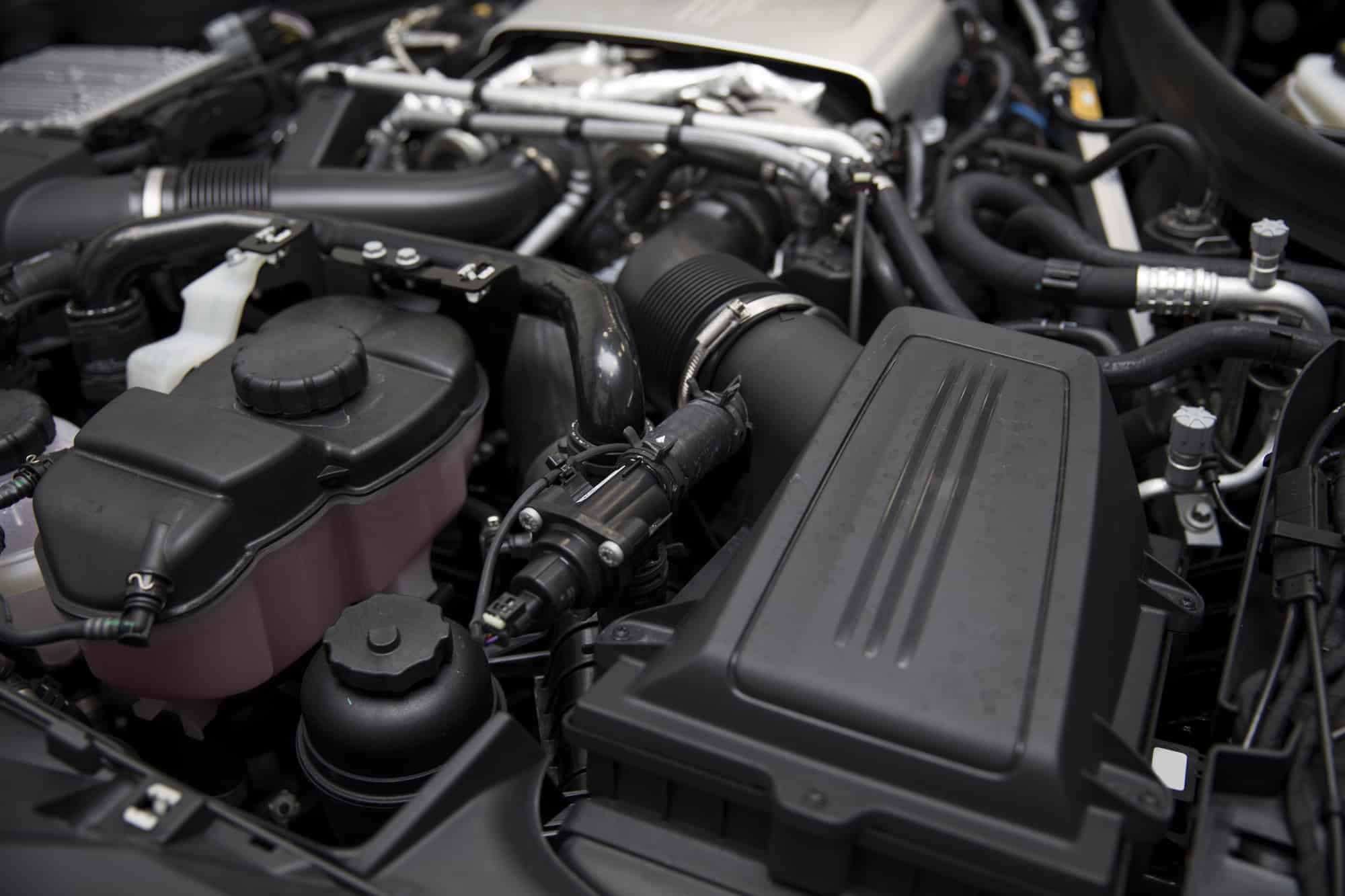
A faulty MAF sensor will not supply the ECU with correct air flow readings, playing havoc with the air to fuel ratio
Sometimes the problem may be caused by a faulty or dirty mass air flow sensor. This sensor is responsible for keeping track of the amount of air getting into the intake manifold. If it is faulty then the ECU will find it more difficult to adjust the fuel supply to match the current engine conditions.
A bad mass airflow sensor will sometimes throw up error codes P0100, P0101,P0102,P0103.
An easy way to test the mass air flow sensor is to unplug its electrical connector. This will cause the ECU to default to a less economical default reading that is stored in its memory. If the car now starts but is running a bit rough then the mass air flow sensor is probably dirty or faulty.
Cause 7. Problems with engine management Sensors
Often the reason why an engine will crank but won’t start is because of a faulty crankshaft or camshaft sensor.
All modern engines are packed full of engine management sensors that relay information back to the ECU in real time. This can be a good thing and a bad thing. On the one hand, it can make it a lot easier to diagnose a problem if you have a diagnostic reader and know what you are looking for.
On the other hand, a faulty sensor can create false readings and can leave you stranded on the side of the road.
The most common sensors that will stop your car from starting include the camshaft sensor, the crankshaft sensor, the mass air flow (MAF) sensor, the manifold absolute pressure (MAP) sensor and the throttle position sensor.
The camshaft position sensor is responsible for sending the ECU a signal each time that cylinder number one intake valve opens. That information is then used in conjunction with the Crankshaft Position Sensor (CKP) signal for knowing when the rest of the cylinders’ intake valves are opening.
A bad camshaft sensor will not be able to accurately detect the position of the camshaft, and this can cause a misfire if the engine starts or it may prevent the engine from starting to begin with.
Error codes p0340 and P0335 are commonly triggered when there are problems with the camshaft and crankshaft sensors.
As discussed earlier. The mass air flow sensor is responsible for monitoring the air entering the intake manifold.
The manifold absolute pressure (MAP) sensor also monitors the air in the intake manifold by measuring the air pressure in realtime. The ECU uses the MAP and MAF sensor readings to set the fuel delivery rate.
If one or both of these readings is out of range then the engine will run rich. This will usually cause the engine to stall or misfire. It can also cause the engine to flood when it is trying to start.
If the MAP sensor fails the check engine light will often come on and the error code P0106 will be recorded in the ECU.
What Next: How To Diagnose A Car Engine That Will Crank But Won’t Start
1. Run a diagnostic check using a code reader
This will tell you if there are any faulty engine sensors causing the engine to cut out. Faulty engine sensors such as the camshaft, crankshaft, manifold absolute pressure and fuel pressure sensors can cause an engine to stall right after starting.
To begin with, I always start by hooking up a diagnostic reader to see if there are any error codes stored in the ECU. If the check engine light has come on, then this usually means that an error code has been stored. This can really help get to the source of the problem quickly, and often without getting your hands dirty!
Some common error codes that may show up include:
- P0340 Camshaft Position Sensor Circuit Malfunction
- P0010 “A” Camshaft Position Actuator Circuit (Bank 1)
- P0345 Camshaft Position Sensor A Circuit Malfunction (Bank 2)
- P0300 Random Misfire Detected Code
- P0174 System too lean (Bank 2)
- P0171 System Too Lean (Bank 1)
- P0190 Fuel Rail Pressure Sensor Circuit Malfunction
- P0191 Fuel Rail Pressure Sensor Circuit Range/Performance
- P0600 Serial Communication Link Malfunction
- P0335 Crankshaft Position Sensor “A” Circuit Malfunction
Depending on what error code(s) show up, you may need to remove some engine parts or sensors to figure out whats going on.
2. Check the Battery.
A battery that is not 100% can sometimes stop a car from starting.
Using a multimeter, check that the voltage of the battery has not dropped below 13 volts. I use a battery load tester when trying to figure out if there is a problem with the starter system.
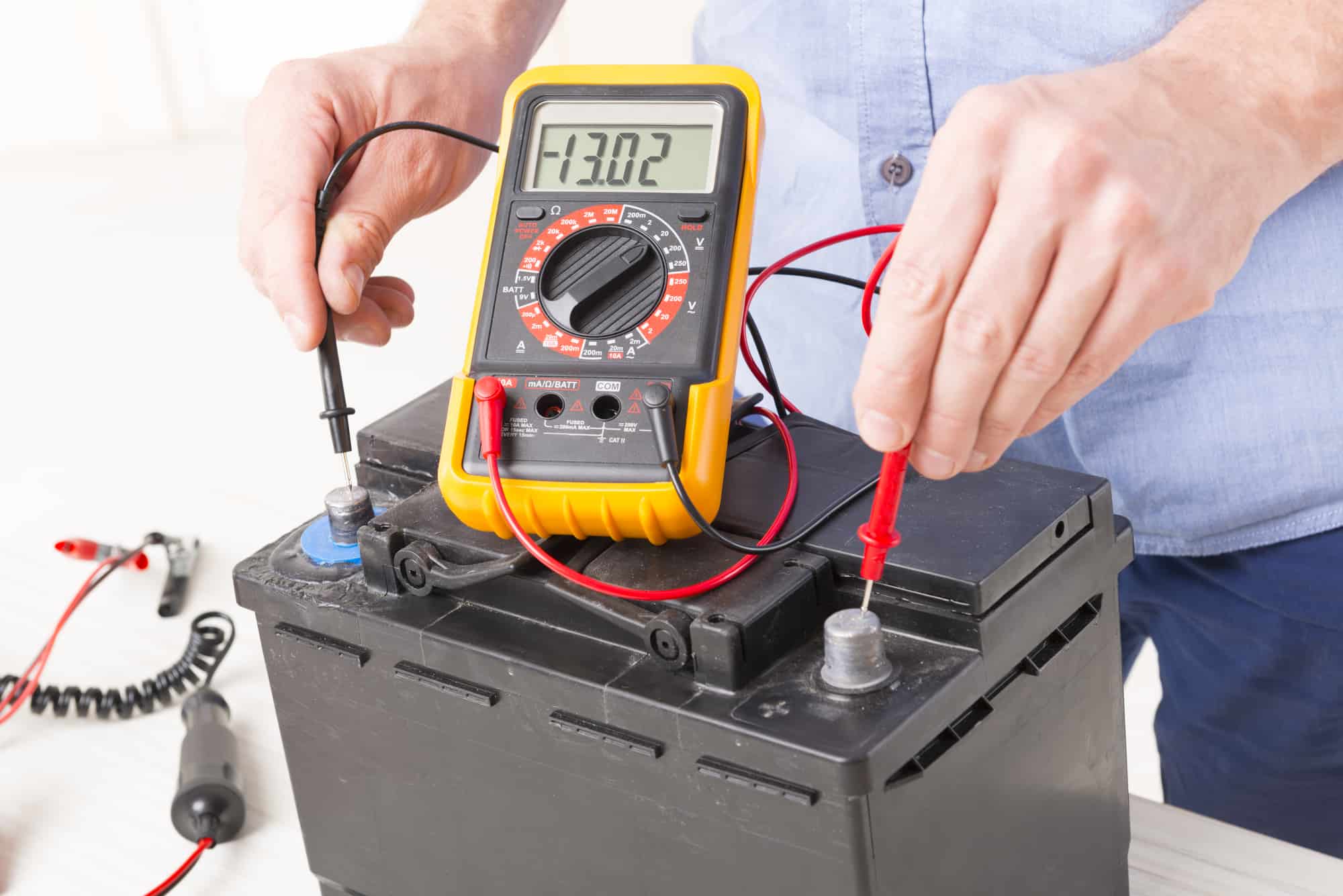
This type of meter will tell you the cold cranking amps when the ignition is turned on, and will also tell you if the battery is ok or not. Some car diagnostic apps such as the Carly app will also tell you the battery voltage and any error codes that have been recorded when you were trying to start the engine.
3. Check for Blown Fuses
It’s not uncommon for a fuse to blow, especially in older cars. Usually a blown fuse is a sign of something wrong with an engine component. For example, a failed fuel pump fuse will stop a car from starting. Check your vehicles’ handbook for the location of the fuse box and for a fuse schema map.
How To Fix a Car Engine that Cranks But Won’t Start
If none of the above lead you to the problem, then you are going to have to get your hands dirty and start visually inspecting and testing engine components.
There are lots of reasons why a car engine will refuse to start, and sometimes it’s a combination of reasons.
To get to the bottom of the problem, you will need to work through the reasons why the engine is cranking but not starting.
I usually find it’s best to start with any error codes that are present in the ECU and use them to narrow down the cause of the problem. If there are no error codes, then you will need to work through each engine system one by one, checking that it is operating and is not the cause of the problem.
I like to start with the fuel supply system and then move onto spark plugs/glow plugs (don’t forget the glow plug relay) and then onto the engine timing.
It can take a while to diagnose the problem properly, so it’s important to take your time and be methodical with your approach. The rest of this article covers the 7 main reasons why an engine will crank but won’t start, with explanations of how to diagnose each reason.
FAQs
1. Car starts sometimes and other times it cranks but won’t start?
If a car starts sometimes and other times it cranks but won’t start, there could be a few potential causes. One possible cause is a failing starter motor or starter solenoid, which may work intermittently and prevent the engine from starting. Another possibility is a weak battery or a loose or corroded battery connection, which can cause intermittent starting issues.
Other potential causes include a clogged fuel filter or fuel pump that is failing intermittently, a malfunctioning ignition switch, or a failing crankshaft position sensor. It is also possible that there is a problem with the engine’s computer or wiring, which can cause intermittent starting issues.
2. Car Cranks But won’t start after sitting?
If a car cranks but won’t start after sitting for a period of time, there could be a few potential causes. One possible cause is a weak battery, which may not have enough power to start the engine after sitting for an extended period. Another possibility is a clogged fuel filter or fuel pump that is failing, which can prevent fuel from reaching the engine and cause starting issues.
Other potential causes include a malfunctioning ignition system, such as a faulty spark plug or ignition coil, or a failing starter motor. It is also possible that there is a problem with the engine’s computer or wiring, which can cause starting issues.
As an Amazon Associate we earn from qualifying purchases.


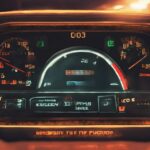

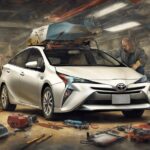

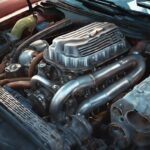
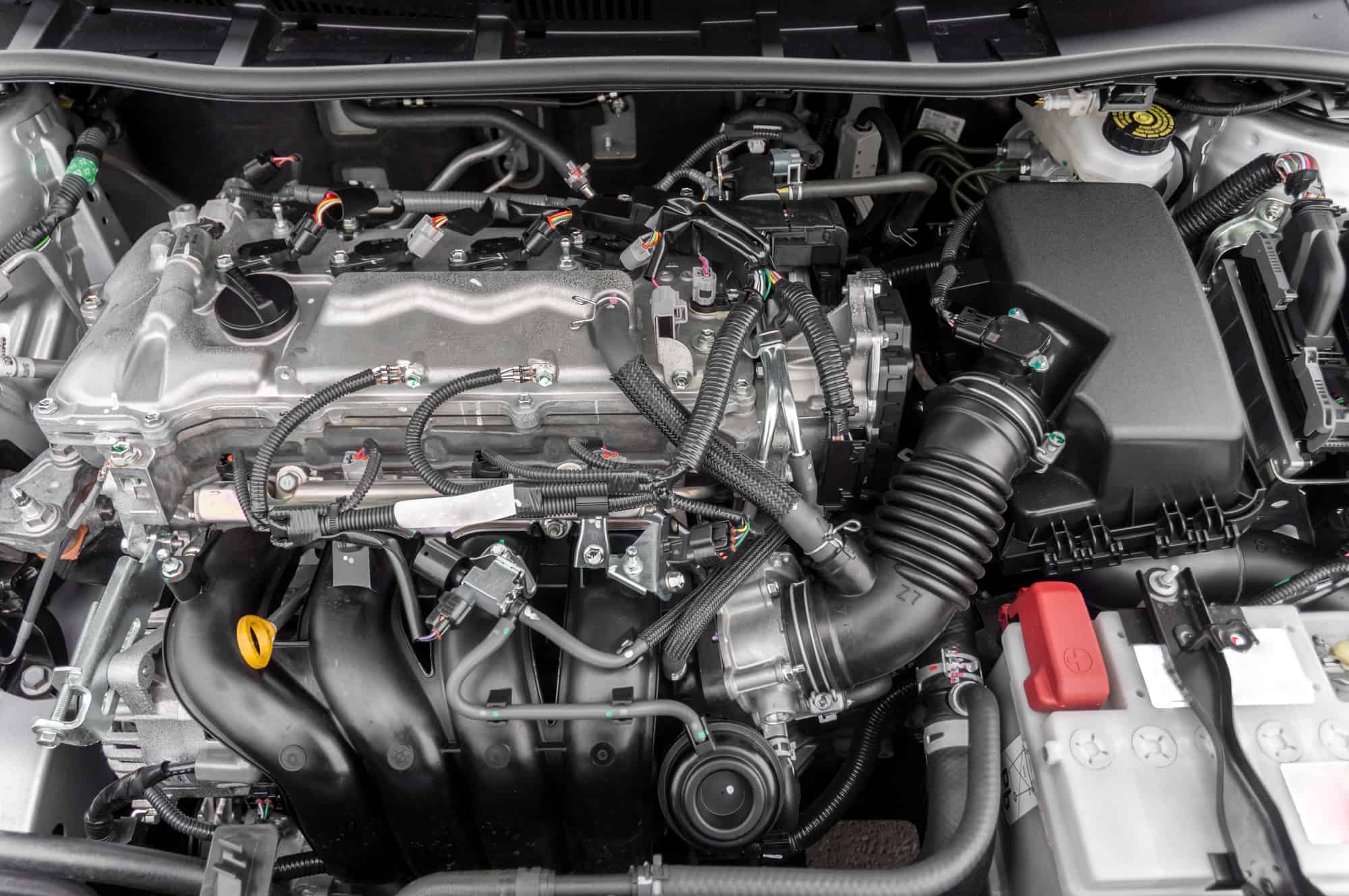





















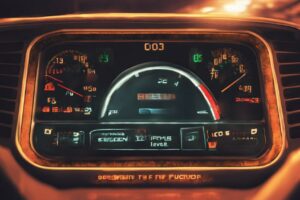
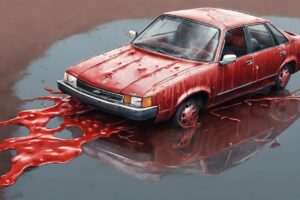
My car turns over but won’t start, and I’ve tried checking the battery and the spark plugs, both seem fine. Could a bad fuel pump be the issue, and how would I diagnose that without taking my car to a mechanic?
Is there a way to test if the problem with my car not starting is specifically due to a failing fuel pump without having to take it to a mechanic right away?